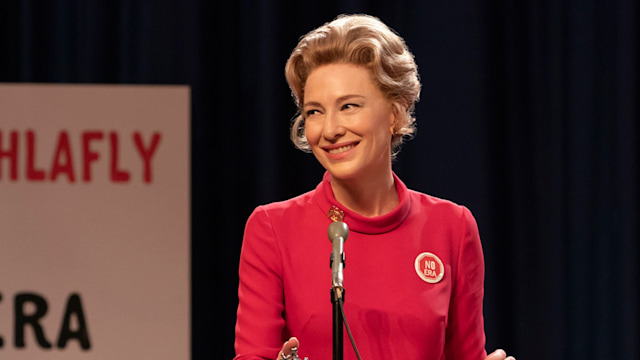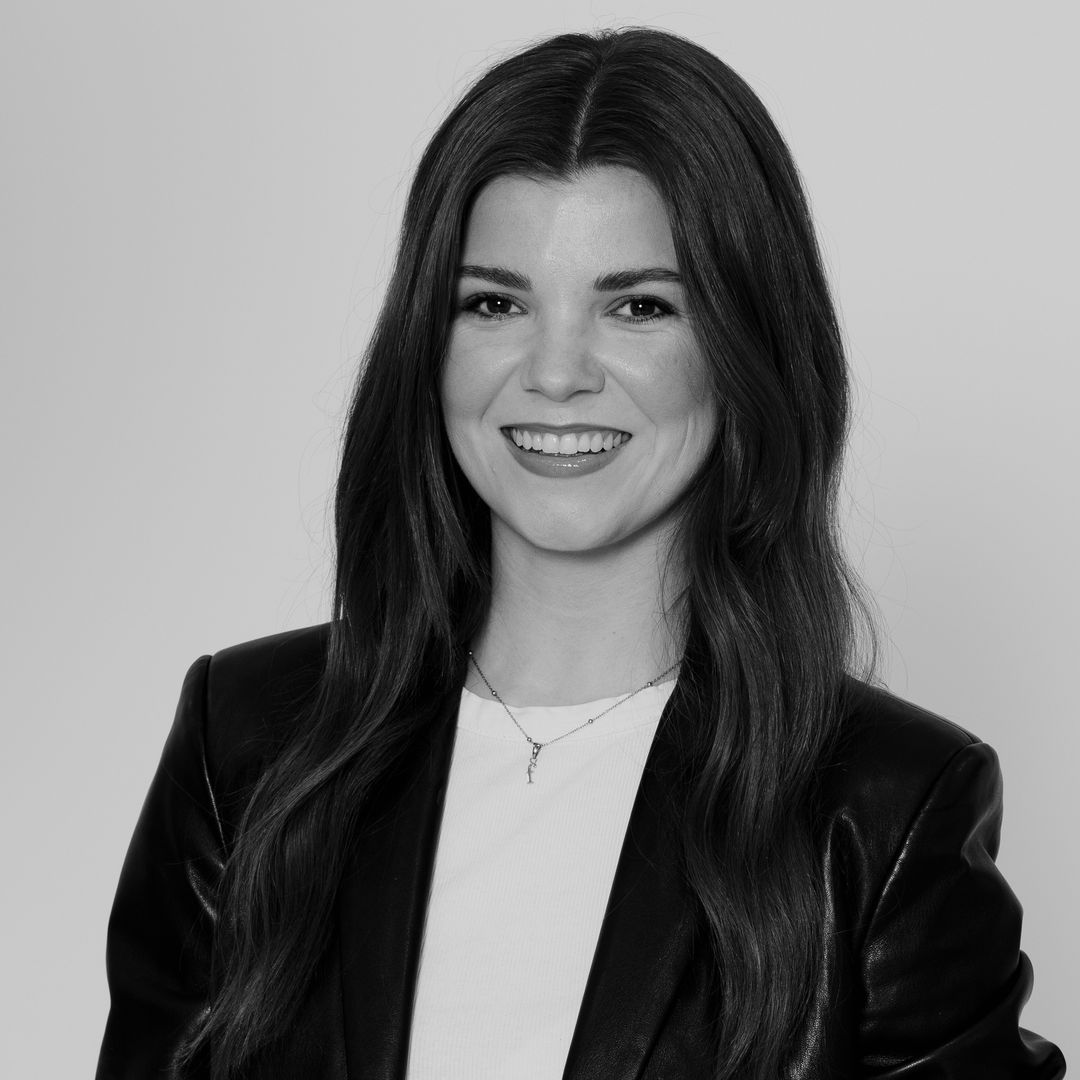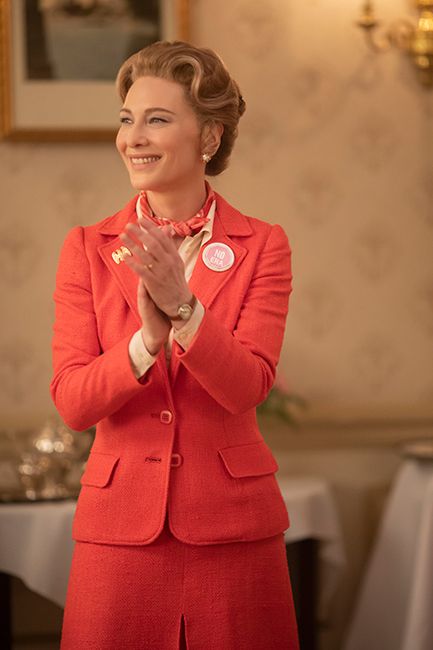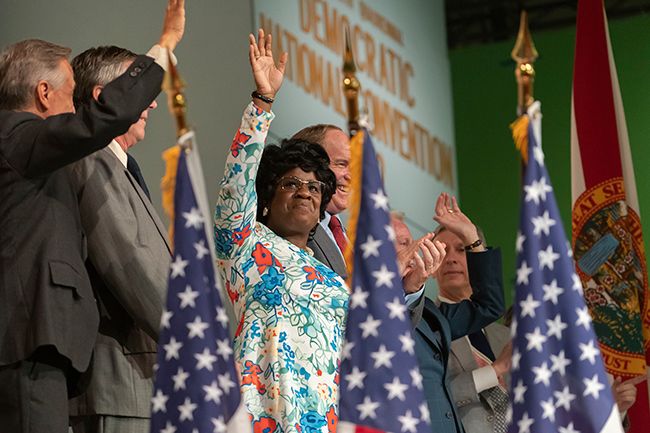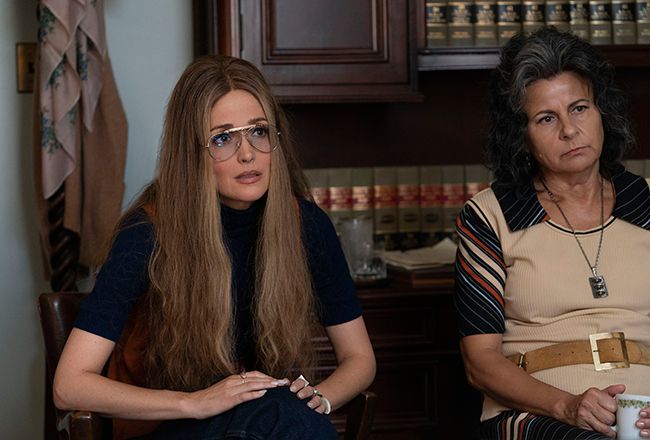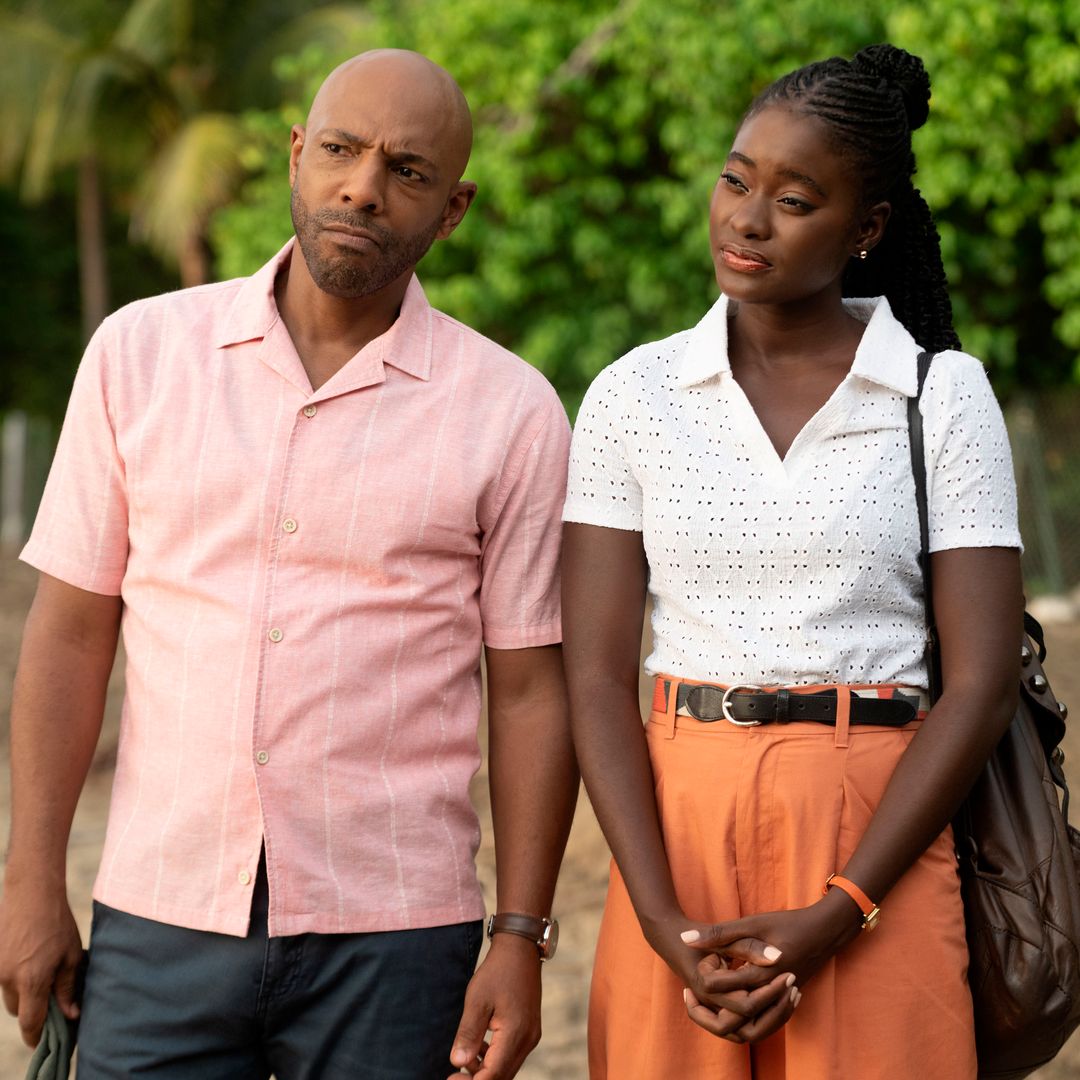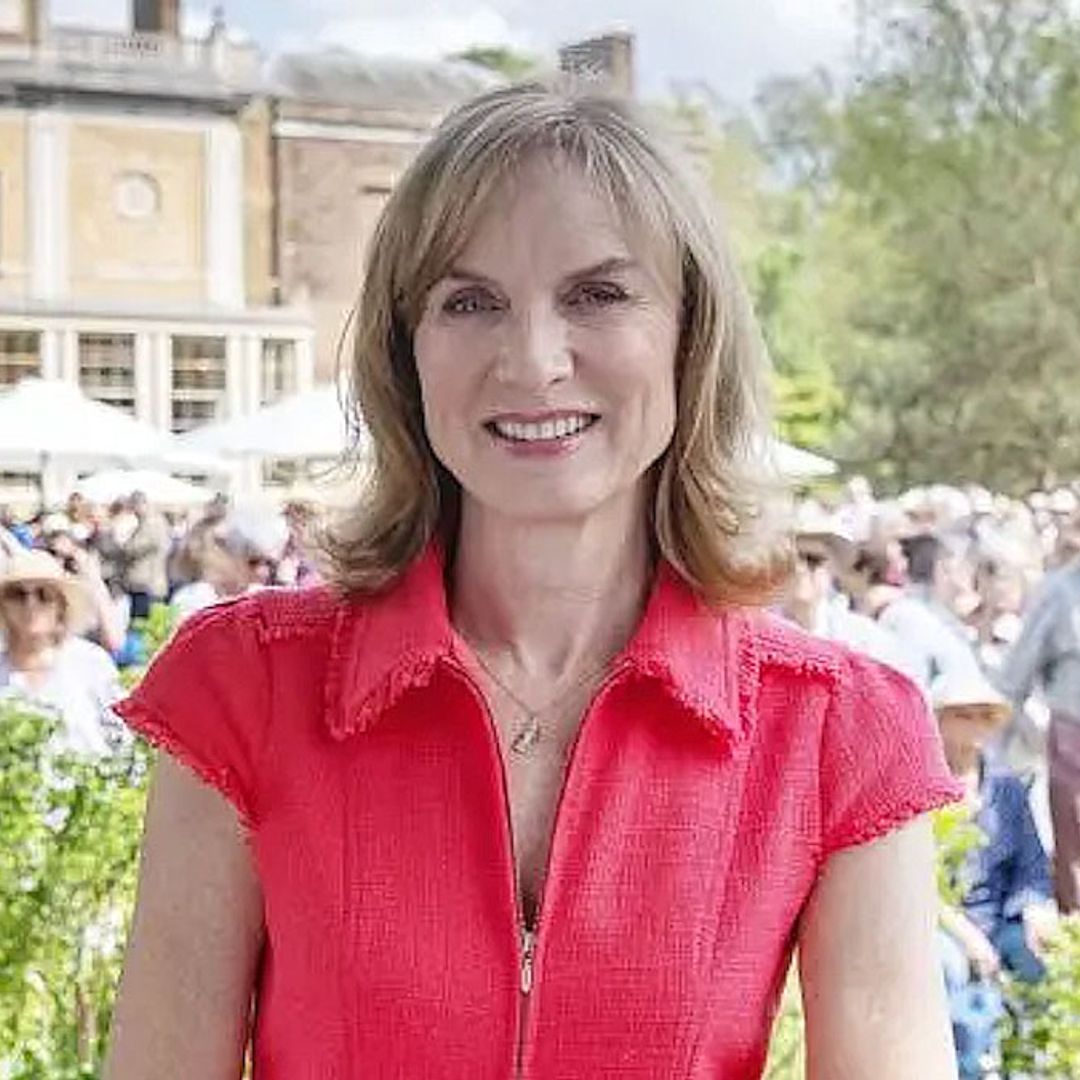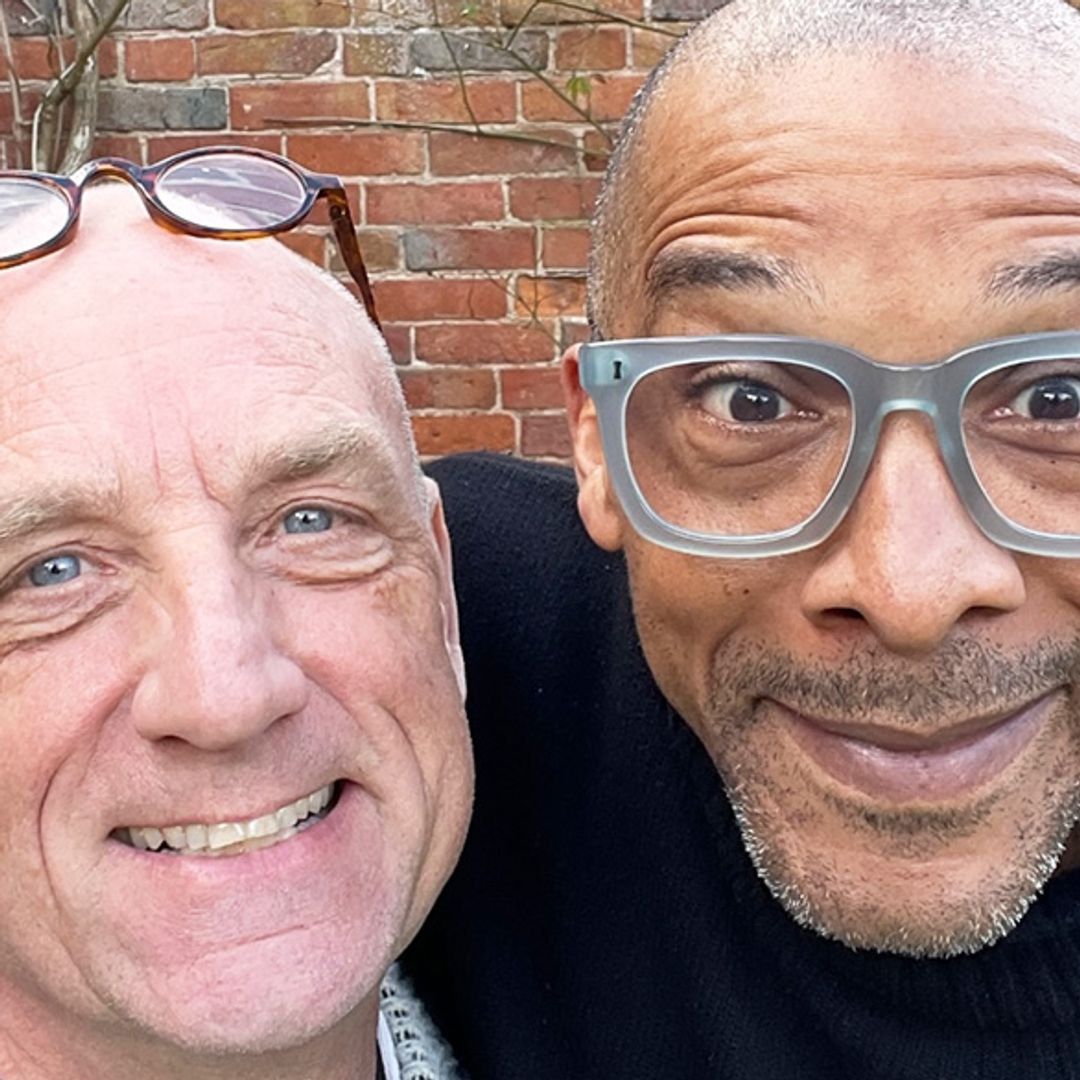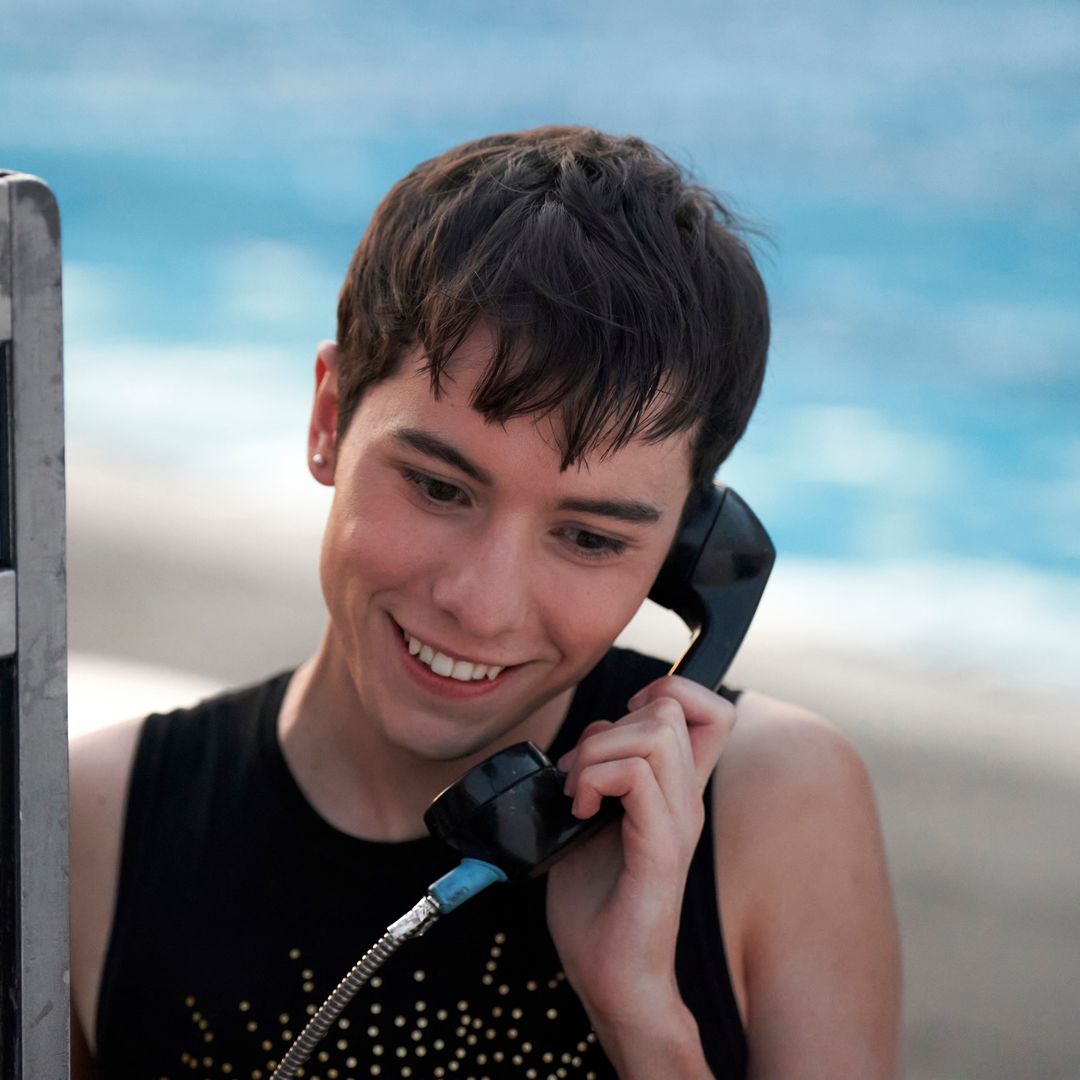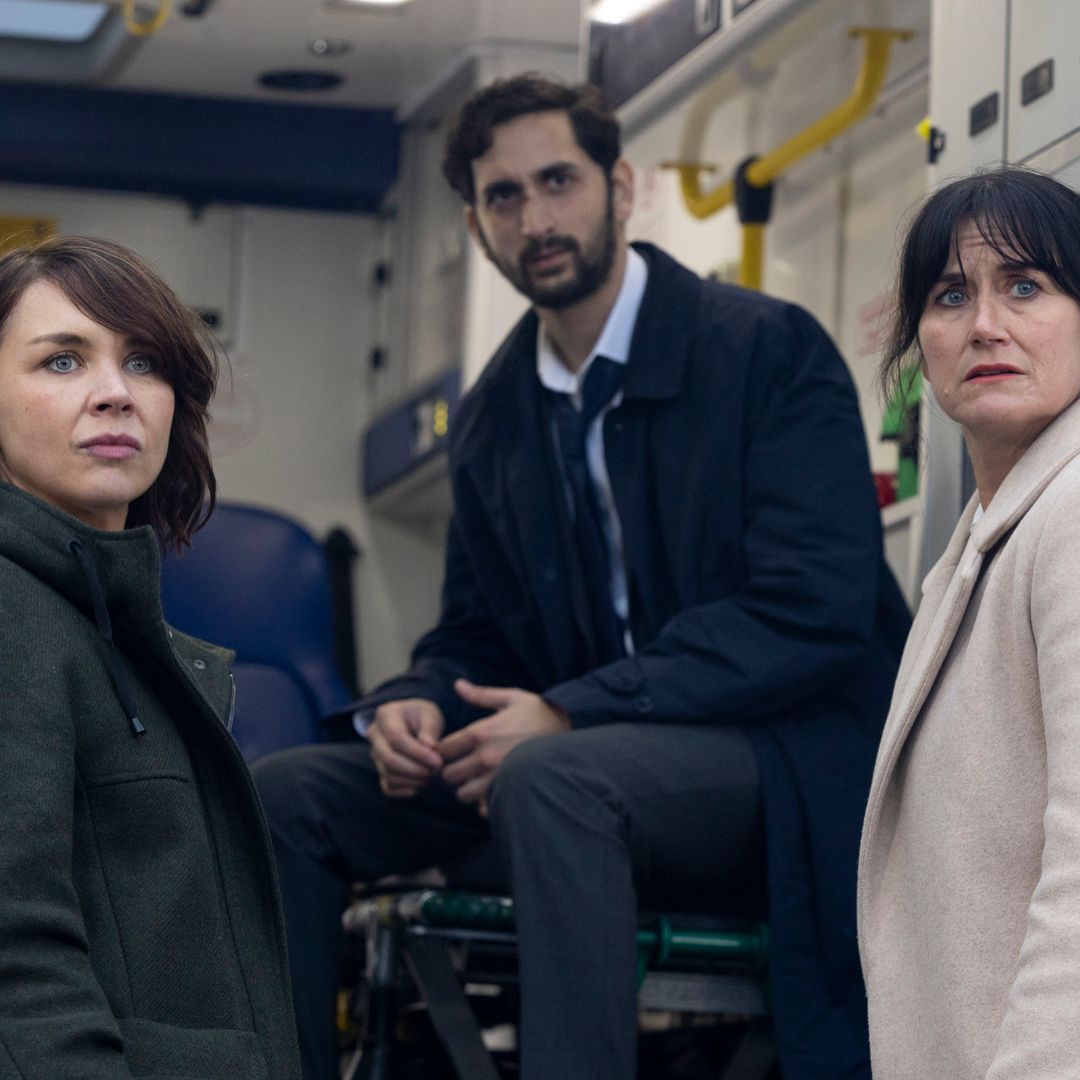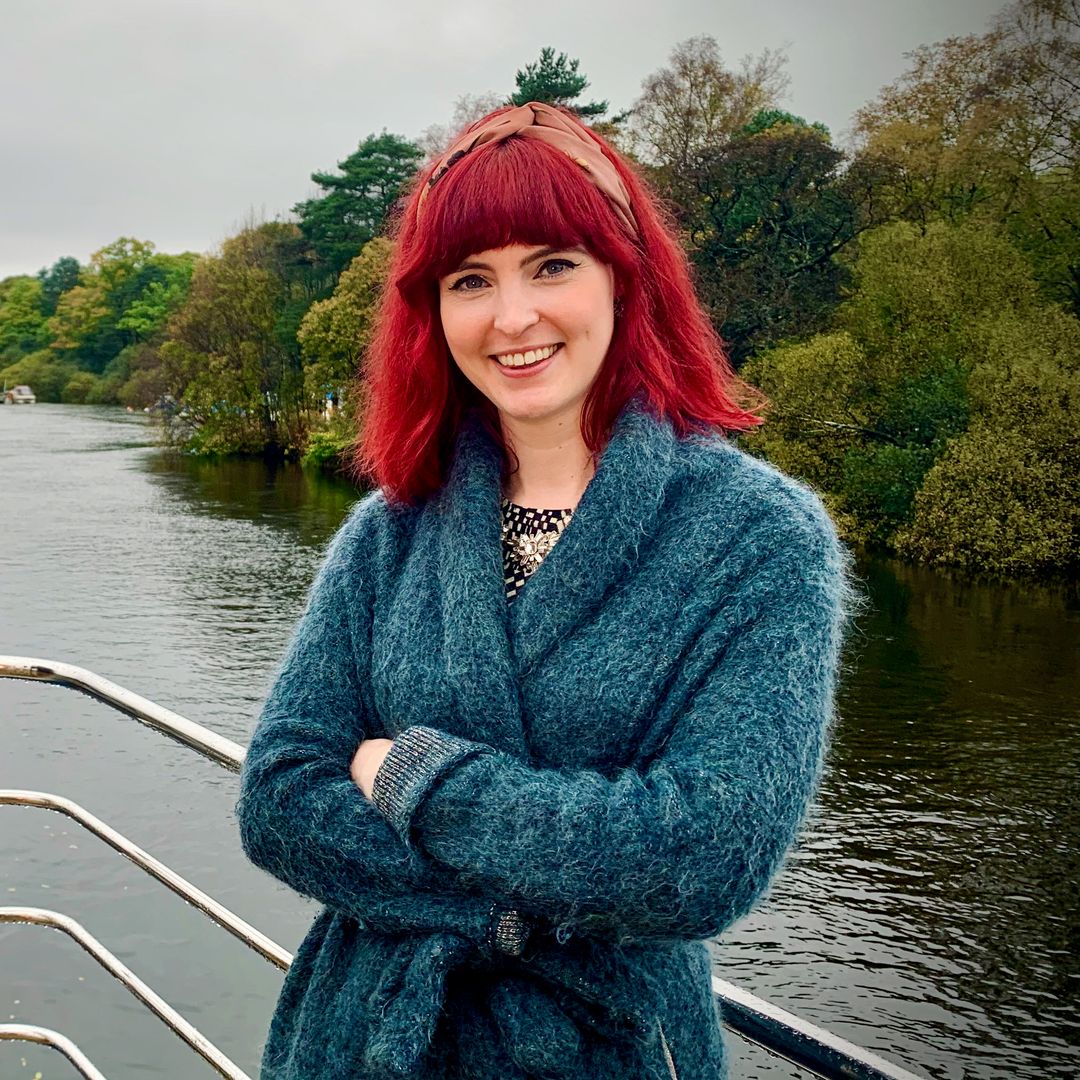American drama series Mrs America has finally landed on UK screens and viewers are seemingly hooked already. The series, which stars Cate Blanchett, Sarah Paulson and more, is a nine-part dramatization telling the story of the political movement to pass the Equal Rights Amendment in the 1970s.
MORE: Fans all saying the same thing about new drama Mrs America
WATCH: BBC's Mrs America official trailer
The show first aired earlier this year on Hulu and is now being shown on Wednesday evenings on BBC and is available to watch as a whole on iPlayer. While many are praising the gripping plot and performances from the all-star cast, the true story behind the series has got people talking too. So just how accurate is the show? We've done some investigating…
MORE: Meet the cast of new BBC drama Mrs America
Cate Blanchett as Phyliss Schlafly
Did the people in Mrs America exist in real life?
Firstly, most of the characters in Mrs America are named and based on real people. Oscar-winning actress Cate Blanchett takes the lead role as Phyllis Schlafly, a conservative lawyer and organiser who campaigned against the passing of the Equal Rights Amendment. Bridesmaids actress Rose Byrne takes on the role of feminist movement icon, Gloria Steinem, while Orange Is the New Black star Uzo Aduba plays Shirley Chisholm, the first black woman to run for president during the 1972 presidential run.
Uzo Aduba plays Shirley Chisholm
Other characters that feature that are based on real people are Tracey Ullman as Betty Friedan, Elizabeth Banks as Jill Ruckelshaus and Margo Martindale as Bella Abzug. However, there are a few fictional characters such Alice Macray, played by Sarah Paulson, who is a supporter of Phyllis' campaign to halt the ERA.
How true is the plot?
Like most TV series, even if the story behind the show is based on true-to-life events, the script, characters and plot lines have been given a spruce for dramatic effect and for the viewers' pleasure. However the basis of the plot in the show did happen. During the 1970s, second wave feminists such as Gloria Steinem and more were pushing for equal rights between the sexes and more choices for women. Phyllis, however, campaigned against them. While the show focuses on Phyllis at the centre of the show, it delves further into the women's rights movement and has been praised for its perspective of both sides.
The show is a dramatisation of the story behind the women's rights movement in the seventies
What's different in the show?
At the beginning of each episode, viewers are reminded that some characters, scenes and plotlines have been written to enhance the show. In addition to this, there is one notable differece in that the programme shows Phyllis as fully against the ERA movement, whereas in real life, it's said that she wasn't sure which way she lent on the view, but campaigned publically against it regardless. This was allegedly to ensure her voice was heard in her politically conservative environments. Either way, the show is gripping and fascinating in its own right.
Like this story? Sign up to our newsletter to get other stories like this delivered straight to your inbox.
